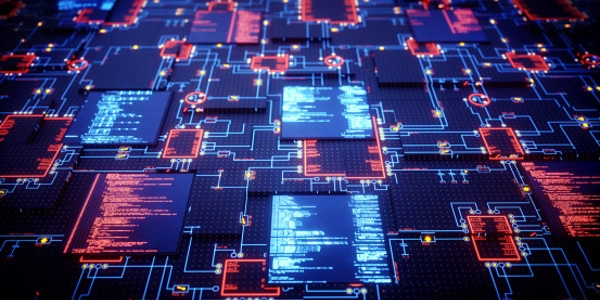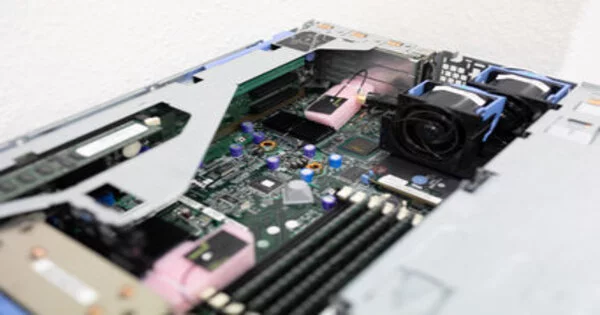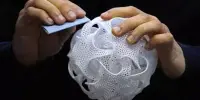Radio waves are a type of electromagnetic radiation that is best known for its application in communication technologies such as television, mobile phones, and radios. These devices receive radio waves and convert them to mechanical vibrations in the speaker, resulting in sound waves.
Until now, protecting hardware against manipulation has been a time-consuming and costly process that could only be done on a small scale. However, two simple antennas may suffice. In terms of data security, tampering with hardware that can be used to read information – such as credit card data from a card reader – poses an even greater risk than remote cyberattacks.
Bochum researchers have devised a new method for detecting such manipulations. They monitor the systems using radio waves that respond to even the smallest changes in the environment. In contrast to traditional methods, they can thus protect entire systems rather than individual components – and at a lower cost. A report by the team from Ruhr-Universität Bochum (RUB), the Max Planck Institute for Security and Privacy, and the IT company PHYSEC is featured in the RUB’s science magazine Rubin.
The Bochum radio wave technology can be used to monitor an entire system. To that end, the researchers install two antennas in the system: a transmitter and a receiver. The transmitter sends out a special radio signal that spreads throughout the system and is reflected by the walls and computer components.
Paul Staat and Johannes Tobisch presented their findings at the IEEE Symposium on Security and Privacy, which took place in the USA. Both researchers are doing their PhDs at RUB and conducting research at the Max Planck Institute for Security and Privacy in Bochum in Professor Christof Paar’s team. For their research, they are cooperating with Dr. Christian Zenger from the RUB spin-off company PHYSEC.
Protection through radio waves
Data is ultimately nothing more than electrical currents traveling through conductive paths between different computer components. A tiny metallic object placed in the proper location on the hardware can be sufficient to tap into the information streams. Only individual system components, such as a critical memory element or a processor, can currently be protected from such manipulations. “This is typically done with a type of foil with thin wires in which the hardware component is wrapped,” Paul Staat explains. “An alarm is triggered if the foil is damaged.”

However, the Bochum radio wave technology can be used to monitor an entire system. To that end, the researchers install two antennas in the system: a transmitter and a receiver. The transmitter sends out a special radio signal that spreads throughout the system and is reflected by the walls and computer components. All of these reflections cause a signal to reach the receiver that is as unique to the system as a fingerprint.
Technology reacts to the slightest changes
As the team demonstrated in experiments, small changes to the system can have a noticeable effect on the fingerprint. The IT experts outfitted a standard computer with radio antennas and punctured its housing at regular intervals. Through these holes, the researchers inserted a fine metal needle into the system and observed whether the radio signal changed. They experimented with the thickness of the needle, its position, and the depth of penetration.
They detected the penetration of a needle 0.3 millimetres thick from a penetration depth of one centimetre with their system while the computer was running. The system detected a needle only 0.1 millimetres thick – about the thickness of a hair – but not in all positions. Staat explains that the closer the needle is to the receiving antenna, the easier it is to detect. “As a result, it makes sense to think carefully about where you place the antennas in practical applications,” Tobisch adds. “They should be as close to the components that require a high level of protection as possible.”
In general, the technology is appropriate for both high-security applications and everyday problems. It is already used by the IT firm PHYSEC to prevent unauthorized manipulation of critical infrastructure components.
















